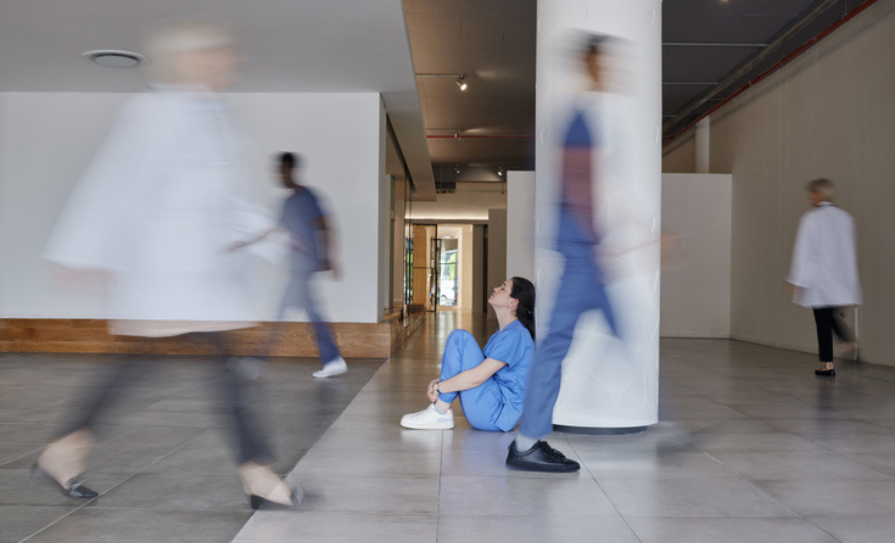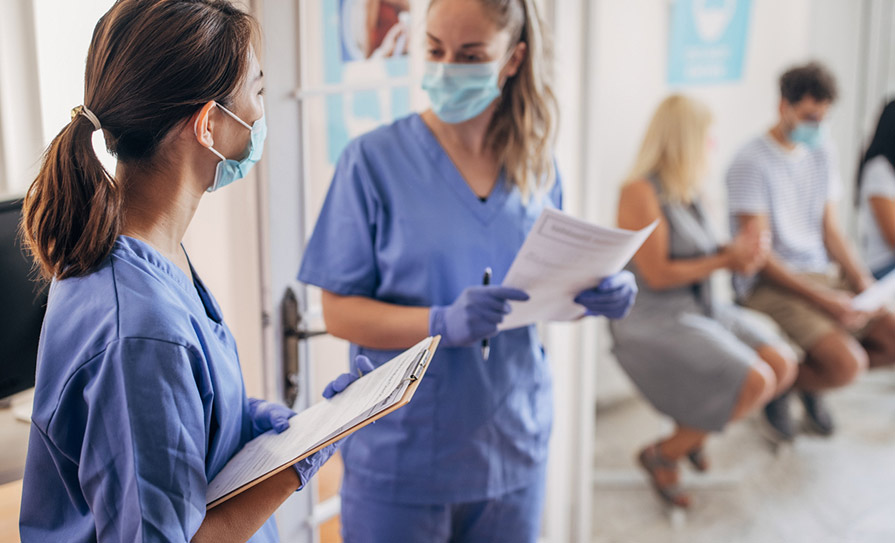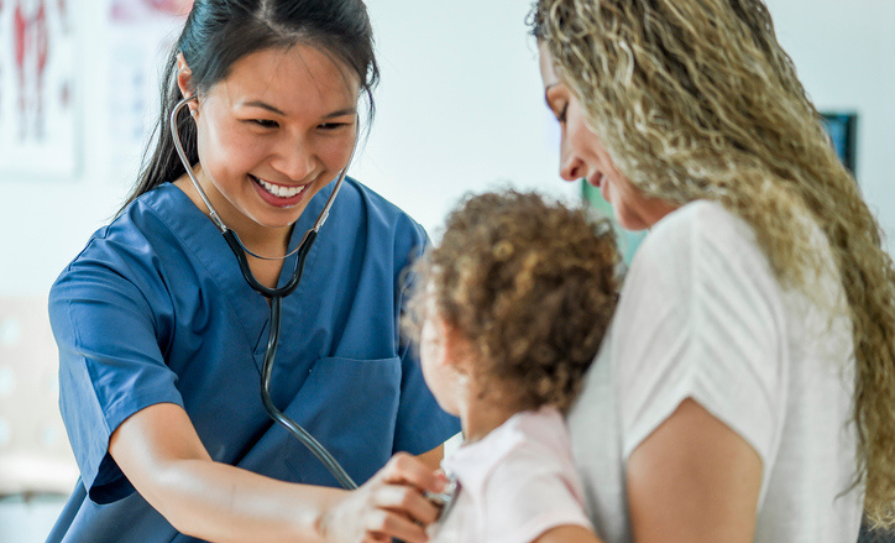The number of Covid-19 contact tracing calls made by the HSE increased sharply by almost 200 per cent in January, making it the busiest month to date for patient calls, new figures reveal.
Data from the HSE shows that the number of Covid-19 contact tracing calls rose from around 138,000 in December to more than 408,000 in January as virus cases surged in the community.
Notwithstanding the explosion in cases during the third wave, the dramatic rise in calls is notable as it follows a decision by the HSE in late December to reduce the number of contact tracing calls made to Covid-19 positive patients from a total of three to just one call.
The number of calls made to confirmed cases was increased to three again on 10 February as case numbers receded.
Yet despite this, contact tracing calls still fell by 80 per cent to 81,000 at the end of last month when compared to January.
In January there were more than 94,000 confirmed cases of Covid-19, representing about 43 per cent of the total number of cases confirmed to date.
Almost one million Covid-19 contact tracing calls have been made since the pandemic began.
The three contact tracing calls to each confirmed case routinely take about an hour and a half, according to the HSE.
More than 900 staff have been recruited to support contact tracing. According to a HSE spokesperson, there are “no plans to reduce our headcount”.
On average, test results are returned 1.2 days from swabbing appointment. More than 85 per cent of people receive their result in less than 36 hours from taking the test.
A link to an online referral system for close contacts to request a free Covid-19 test appointment is now provided within a text message to close contacts.
While people are now more engaged with contact tracing staff and calls have become less difficult, the HSE says that “sometimes asymptomatic patients find it difficult to understand the public health advice to self-isolate to stop the spread of the disease”.
“Our contact tracers work hard to ensure that these individuals understand that even though they have no symptoms they may still be infectious and that they must self-isolate to protect other people.”
If a person tests positive and has symptoms, contact tracing staff ask about people and places visited 48 hours before the onset of symptoms and until the start of self-isolation.
However, currently, if a person tests positive and has no symptoms, they are only asked about people and places visited 24 hours before the test took place and the start of self-isolation.
Calls have been made for improved contact tracing to help reduce virus levels in the community. The HSE hopes to introduce retrospective tracing when cases in the community are low.
“Given the high number of positive cases in Ireland at present, forward contact tracing continues to be our priority. This means that if a person tests positive, our contact tracers work to find all their close contacts to arrange free Covid-19 testing and ask them to restrict their movements (stay at home). In due course, when it is appropriate, we will introduce retrospective tracing to our routine contact tracing approach,” said the HSE’s spokesperson.
“The clinical nature of Covid-19 has placed great emphasis on contact tracing, including the importance of backwards contact tracing. The aim of backwards contact tracing is to find who gave the virus to the person who tested positive.
“Backwards contact tracing/source investigation is considered most effective when there are low levels of community transmission, and less effective when there are high levels of community transmission.”













Leave a Reply
You must be logged in to post a comment.